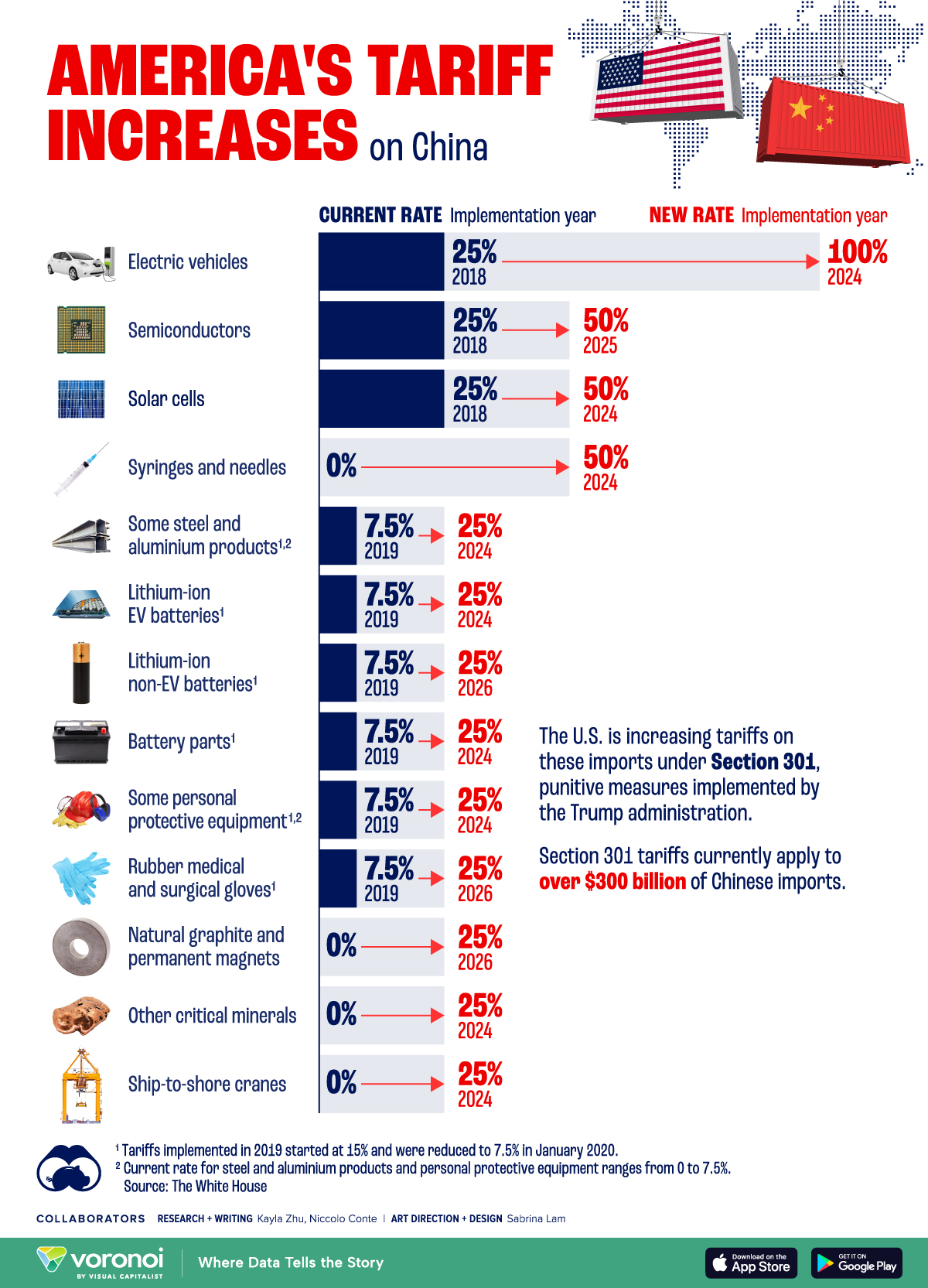Strengthening Ties, Rising Tensions: China, US Tariffs, And The Future Of The Asia Summit

Table of Contents
The Impact of US-China Tariffs on Regional Trade and Investment
The economic consequences of the US-China trade war, fueled by reciprocal tariffs, extend far beyond the two nations involved. The ripple effect across Asian economies is significant, impacting trade volumes, investment flows, and supply chains. Industries like technology and agriculture have been particularly hard hit. The imposition of tariffs has led to:
- Decreased trade volume between China and the US: The imposition of tariffs has directly reduced the volume of goods traded between the two countries, disrupting established trade routes and impacting businesses on both sides.
- Increased costs for consumers in both countries: Tariffs increase the price of imported goods, leading to higher costs for consumers in both the US and China, and indirectly impacting consumers in other countries relying on these trade routes.
- Shifting of supply chains away from reliance on China: Businesses are actively diversifying their supply chains, seeking alternatives to China to mitigate the risks associated with tariffs and geopolitical uncertainty. This shift is creating both opportunities and challenges for other Asian economies.
- Impact on specific Asian economies (e.g., Vietnam, South Korea): Countries like Vietnam and South Korea, positioned strategically within global supply chains, have experienced both benefits and drawbacks. While some industries have seen increased investment and production, others face challenges from increased competition and fluctuating demand. For example, Vietnam's export-oriented manufacturing sector has benefited from some companies relocating production from China, but this also leads to potential over-reliance on specific sectors.
The Geopolitical Implications of the Trade War for the Asia-Pacific Region
The US-China trade war is not merely an economic conflict; it has profound geopolitical implications for the Asia-Pacific. The tariffs contribute to heightened tensions, impacting regional alliances and increasing the potential for conflict. The competition between the US and China for regional influence is escalating, creating a complex and volatile environment. Key geopolitical implications include:
- Increased competition between the US and China for influence: The trade war serves as a backdrop for a broader geopolitical struggle for influence in the Asia-Pacific region, impacting relationships with various countries and creating uncertainty.
- Strained relationships between regional allies: Countries within the Asia-Pacific region find themselves navigating complex relationships, often forced to choose sides or maintain precarious neutrality in the face of escalating tensions.
- Potential for heightened military activity in the South China Sea: The trade war has added another layer of complexity to the already tense situation in the South China Sea, increasing the risk of accidental conflict or escalation.
- Impact on regional security initiatives: Existing regional security initiatives aimed at fostering cooperation and stability are challenged by the escalating tensions between the US and China.
The Asia Summit as a Platform for Dialogue and De-escalation
The Asia Summit presents a crucial opportunity for dialogue and potential de-escalation of trade tensions. While the summit's primary focus may not be solely on US-China tariffs, it offers a platform for bilateral talks and the potential for collaborative initiatives. The success of such efforts hinges on multilateralism and a commitment to open communication. Key aspects of the summit's potential role include:
- Opportunities for bilateral talks between US and Chinese representatives: The summit provides a structured environment for direct communication between the US and China, potentially leading to breakthroughs in addressing trade disputes.
- Potential for joint initiatives on regional cooperation: The summit could serve as a launchpad for cooperative initiatives focused on areas of mutual interest, fostering a sense of shared purpose and reducing tensions.
- The influence of other regional powers (e.g., Japan, India): The involvement of other major regional powers can play a significant role in mediating discussions and promoting a constructive atmosphere.
- Importance of transparency and open communication: Open and transparent communication is essential for building trust and fostering a collaborative environment conducive to resolving trade disputes.
Potential Scenarios and Future Outlook for US-China Relations Post-Summit
The outcome of the Asia Summit regarding US-China trade relations remains uncertain. Several scenarios are possible, each carrying significant implications for the future:
- Scenario 1: De-escalation and a renewed focus on cooperation: A successful summit could lead to de-escalation of tensions, paving the way for renewed cooperation and a reduction in tariffs.
- Scenario 2: Continued tensions and further escalation of the trade war: A lack of progress at the summit could result in continued tensions, potentially leading to further escalation of the trade war and heightened geopolitical risks.
- Scenario 3: A new trade agreement with modified tariffs: The summit could facilitate negotiations for a new trade agreement that involves modifications to existing tariffs, striking a balance between the interests of both nations.
- Long-term outlook for regional economic growth and security: The long-term impact on regional economic growth and security depends heavily on the outcome of the summit and the subsequent actions taken by both the US and China.
Conclusion: Understanding the Future of the Asia Summit in the Shadow of China, US Tariffs
The Asia Summit takes place amidst a complex and evolving relationship between China and the US, significantly influenced by ongoing trade tensions. The impact of US-China tariffs extends far beyond bilateral relations, affecting regional trade, investment, and geopolitical stability. The summit presents a crucial opportunity for dialogue, de-escalation, and potential breakthroughs. However, the long-term consequences remain uncertain, depending on the outcome of negotiations and the commitment of all parties to multilateral cooperation. Staying informed about developments concerning China, US tariffs, and the Asia Summit is crucial for understanding the future trajectory of regional stability. We encourage you to follow reputable news sources and analytical reports for further insights into this evolving situation.

Featured Posts
-
 Almanacco Giornaliero Domenica 23 Marzo Eventi Santo E Proverbio
May 27, 2025
Almanacco Giornaliero Domenica 23 Marzo Eventi Santo E Proverbio
May 27, 2025 -
 The Impact Of Renee Rapps Topless Video On Social Media
May 27, 2025
The Impact Of Renee Rapps Topless Video On Social Media
May 27, 2025 -
 Fire Country Season 3 Episode 16 Return Date Air Time And Streaming Options
May 27, 2025
Fire Country Season 3 Episode 16 Return Date Air Time And Streaming Options
May 27, 2025 -
 Demna Gvasalia At Gucci A 3 Billion Risk For Kering
May 27, 2025
Demna Gvasalia At Gucci A 3 Billion Risk For Kering
May 27, 2025 -
 Kayce Dutton Spinoff Does The Yellowstone Season 5 Flashback Controversy Justify It
May 27, 2025
Kayce Dutton Spinoff Does The Yellowstone Season 5 Flashback Controversy Justify It
May 27, 2025
